For now, love yourself and enjoy this one ...
By Caroline Amidon and Joyce Brobst (Chrissy Moore, editor)
Editor’s Note: The majority of the information provided below was extracted from various presentations and handouts delivered by Caroline and Joyce over many years, with additions from the editor.
 If you aren’t familiar with the Pelargonium plant, it’s one you definitely need to add to your garden repertoire! Scented geraniums, the other name by which these beauties are known, were discovered by Europeans in the early 1600s. They spread from the Cape of Good Hope in South Africa to Europe, where their introduction brought about their association with herbs and herb gardens. In their native habitat, they are perennials and often grow into small shrubs.
If you aren’t familiar with the Pelargonium plant, it’s one you definitely need to add to your garden repertoire! Scented geraniums, the other name by which these beauties are known, were discovered by Europeans in the early 1600s. They spread from the Cape of Good Hope in South Africa to Europe, where their introduction brought about their association with herbs and herb gardens. In their native habitat, they are perennials and often grow into small shrubs.
When introduced into France, Spain, Portugal, and England, they were sought after by wealthy collectors for cottage gardens. By 1790, approximately twenty varieties were being grown. Today, however, they are easily hybridized, and there are many varieties to choose from.
 The French distilled their scented oils for the perfume industry, and they became commercially important. In North Africa, large fields were devoted to growing rose-scented types to supplement the “Attar of Rose” oils from the roses grown in Turkey. In recent years, the demand for essential oils has increased, and they are grown on Reunion Island, in Greece, Morocco, and China for this purpose.
The French distilled their scented oils for the perfume industry, and they became commercially important. In North Africa, large fields were devoted to growing rose-scented types to supplement the “Attar of Rose” oils from the roses grown in Turkey. In recent years, the demand for essential oils has increased, and they are grown on Reunion Island, in Greece, Morocco, and China for this purpose.
Aside from their scent, there is good reason for renewed interest in these adaptable and undemanding plants. They have diverse growth patterns, unusual textures, and foliage ranging in color from green to dusty gray to bright yellow. Most like full sun, mulching, and regular care but will survive with little water and partial shade.
 Common leaf scents attributed to this group include: rose, citrus, fruit, mint, or spice. Popular varieties include Pelargonium graveolens (rose), P. crispum (lemon), P. odoratissimum (apple), P. tomentosum (peppermint), and P. ‘Nutmeg’.
Common leaf scents attributed to this group include: rose, citrus, fruit, mint, or spice. Popular varieties include Pelargonium graveolens (rose), P. crispum (lemon), P. odoratissimum (apple), P. tomentosum (peppermint), and P. ‘Nutmeg’.
We are frequently asked questions about scented geraniums’ personalities and habits, so we have provided some answers for those unfamiliar with this charming group of plants.
Do they bloom?
Yes, but not prolifically so. The name Pelargonium means “stork’s bill” and describes the scented geranium’s long, narrow seed capsule, which forms after flowering. The flowers are small and white, rose, lavender, or mauve in color with darker markings. Most flowers are unscented and sometimes sparse but may attract attention with their special elegance.


Are they poisonous?
No. The flowers, leaves, and extracts have been safely used for centuries; however, some are not desirable for flavoring. Also, because individuals can express allergic responses, normal precautions need to be taken when using them.
Can they be grown in containers?
 They are excellent for container gardens. Because of the varied growth habits and versatility of this plant group, Pelargoniums can be selected for growing directly in the garden, in hanging pots, or in a container. Please note that plastic pots are convenient, but Pelargoniums do best in large clay pots and must be watered two or three times a week. It is best to research the growth habit of the type you are considering, since some types stay rather diminutive and will “drown” if planted in a pot that is too large; on the contrary, some varieties grow quite large by the end of the season and will need a larger pot to accommodate that growth so that they don’t dry out too quickly in between waterings.
They are excellent for container gardens. Because of the varied growth habits and versatility of this plant group, Pelargoniums can be selected for growing directly in the garden, in hanging pots, or in a container. Please note that plastic pots are convenient, but Pelargoniums do best in large clay pots and must be watered two or three times a week. It is best to research the growth habit of the type you are considering, since some types stay rather diminutive and will “drown” if planted in a pot that is too large; on the contrary, some varieties grow quite large by the end of the season and will need a larger pot to accommodate that growth so that they don’t dry out too quickly in between waterings.
What kind of care do they require?
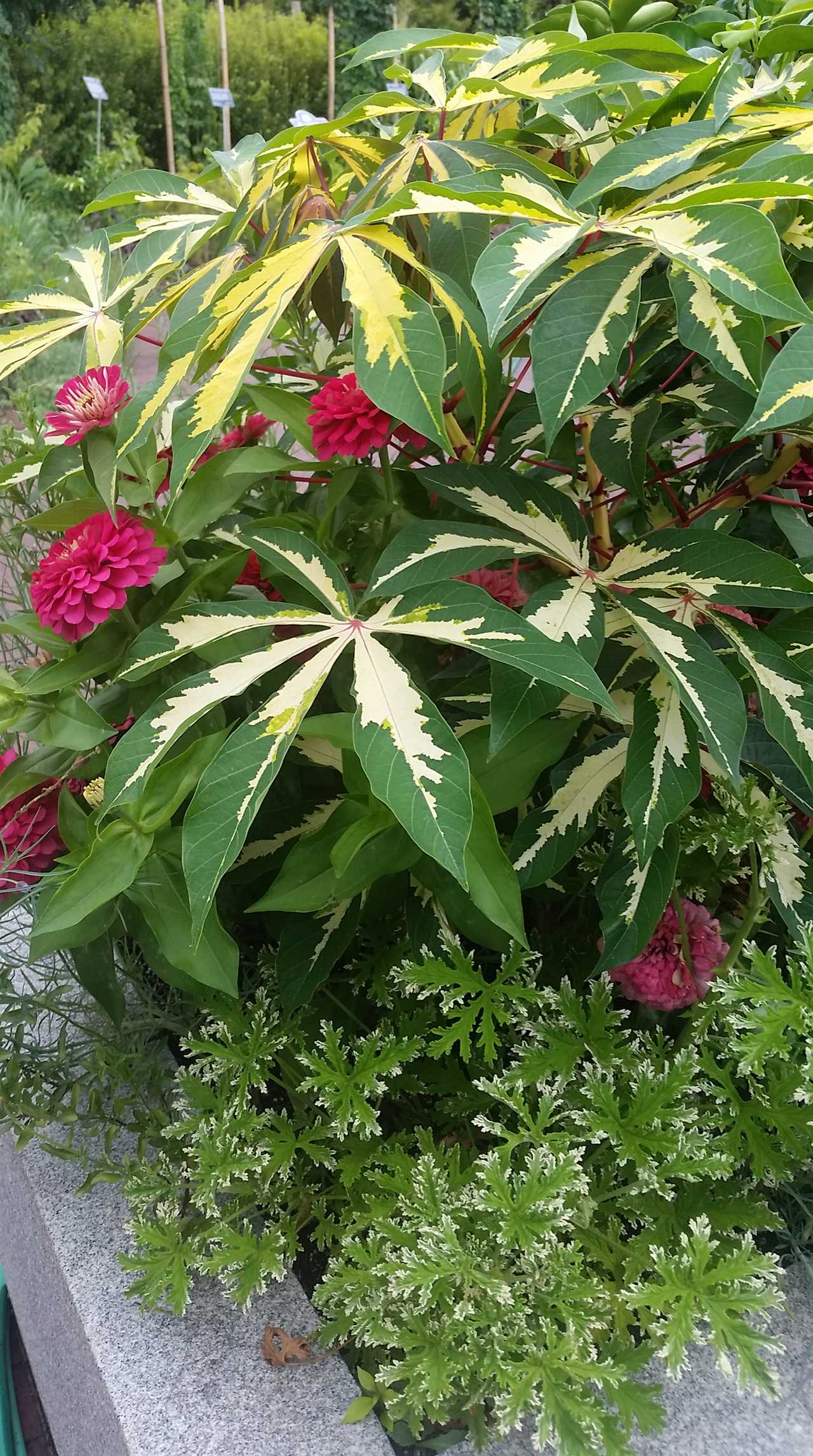
If grown in a container, scented geraniums appreciate a well-drained potting mix (not topsoil). It is advisable to feed them regularly with a balanced liquid fertilizer, especially as certain varieties/cultivars can grow quite vigorously during the growing season and will need the added nutrition. If you are less “committed” to a regular liquid feed regimen, mixing in a slow-release fertilizer with the potting mix at planting time will aid the plants’ nutritional needs in between liquid fertilizations. These plants tolerate heavy pruning quite well, so remove dead or unsightly leaves or trim back branches as needed with good pruning shears just above a node (location on the stem where leaves emerge). Most varieties also propagate easily from cuttings, which makes them a great plant for sharing with friends or multiplying for your own garden displays. This also makes them kid friendly if you’d like to show this technique to children in a science class or at home.
Are they beneficial in the garden?
 Some gardeners say that beneficial insects, like praying mantids and lady-bird beetles, are attracted to them, but because they are grown primarily for their leaves, they are not considered a “pollinator-attracting” plant.
Some gardeners say that beneficial insects, like praying mantids and lady-bird beetles, are attracted to them, but because they are grown primarily for their leaves, they are not considered a “pollinator-attracting” plant.
What uses do they have?
The oils can be used for perfumes or personal hygiene products; the leaves are used to make rose geranium jelly or syrup for flavoring cakes or sugars; the dried leaves are excellent additions to potpourris, sachets, and sleep pillows; and the plants are wonderful in gardens designed for children or the visually impaired. The plants can be shaped into topiaries, standards, or even bonsai.
 Where can I buy scented geraniums?
Where can I buy scented geraniums?
Most retail nurseries or big-box stores don’t carry these great plants, but they should! Occasionally, you’ll see a select few in their herb section. Therefore, the best places to locate them are at local herb growers or herb plant sales, or through specialty catalogs. Many Herb Society of America units around the country conduct such plant sales, and Pelargoniums are often in their inventory. Some examples* of scented geranium growers include, but are not limited to:
- Geraniaceae, California
- Richter’s Herbs, Canada
- Well Sweep Herb Farm, New Jersey
- Sandy Mush Herb Nursery, North Carolina
 As you work with these plants, you will want to find more varieties to add to your garden. Many creative uses develop because of their wonderful scents, variety of textures and colors, and their rapid growth. They bring much pleasure and delight to any garden. As you plan your next growing season, we encourage you to add one or many scented geraniums to your garden. We guarantee you will be pleasantly surprised!
As you work with these plants, you will want to find more varieties to add to your garden. Many creative uses develop because of their wonderful scents, variety of textures and colors, and their rapid growth. They bring much pleasure and delight to any garden. As you plan your next growing season, we encourage you to add one or many scented geraniums to your garden. We guarantee you will be pleasantly surprised!
*The Herb Society of America (HSA) does not endorse individual businesses. But, if you are seeking additional information, HSA is a great resource for most herb-related inquiries.
Medicinal Disclaimer: It is the policy of The Herb Society of America, Inc. not to advise or recommend herbs for medicinal or health use. This information is intended for educational purposes only and should not be considered as a recommendation or an endorsement of any particular medical or health treatment. Please consult a health care provider before pursuing any herbal treatments.
Photo Credits: 1) Pelargonium ‘Ardwick Cinnamon’ (C. Moore); 2) Pelargonium ‘Attar of Roses’ (J. Adams); 3) Pelargonium ‘Orange Fiz’ (C. Moore); 4) Pelargonium ‘Staghorn Oak’ flowers and Pelargonium panduriforme seedheads (C. Moore); 5) Pelargonium x fragrans in a clay pot (C. Moore); 6) Pelargonium cv. in a mixed container (C. Moore); 7) Pelargonium denticulatum leaves (K. Codrington-White); 8 & 9) Pelargonium cv. in mixed garden bed planting (C. Moore).
Additional References
In the many years that we have been collecting and growing the scented geraniums, we have worked diligently to provide correct nomenclature (the official naming of something) for the species or cultivars we are growing, lecturing, or writing about. The references listed below have reliable nomenclature, which helps when locating a particular plant.
Books
Becker, Jim and Faye Brawner. 1996. Scented geraniums: Knowing, growing, and enjoying scented Pelargoniums. Interweave Press: Loveland, Colorado.
- This is a great book for someone just getting to know the scented Pelargoniums.
Brawner, Faye. 2003. Geraniums: The complete encyclopedia. Schiffer Publishing, Ltd.: Atglen, PA.
- An excellent book providing information on all types of geraniums with background history on the plants.
Crocker, Pat, Caroline Amidon, and Joyce Brobst. 2006. Scented geranium, Pelargonium, 2006 Herb of the Year. Riversong Studios, Ltd.: Ontario, Canada.
- A guide to the history of scented geraniums, commonly grown varieties, and recipes for their use.
Miller, Diana. 1996. Pelargoniums: A gardener’s guide to the species and their hybrids and cultivars. Timber Press, Inc.: Portland, Oregon.
- An excellent reference for the serious grower or collector.
van der Walt, J.J.A. and P.J. Vorster. Pelargoniums of South Africa. (3 Volumes, 1979, 1981, 1988). National Botanic Gardens: Kirstenbosch, South Africa.
- A phenomenal three-volume series for anyone interested in pelargoniums. The illustrations are from original watercolors, which show all the exact features (flowers, leaves, and growth habit) of each plant included. In addition, wonderful descriptions of where these plants thrive in their native habitat of Southern Africa are clearly stated for each plant. This series is generally available in research libraries.
Periodicals
Amidon, Caroline, and Joyce Brobst. 2001. “Fun with Pelargoniums.” The Herbarist. Issue 67. The Herb Society of America.
Amidon, Caroline, and Joyce Brobst. 2005. “Heaven scent, a world of fun with Pelargoniums.” Green Scene. Pennsylvania Horticultural Society.
Amidon, Caroline, and Joyce Brobst. 2005. “To grow Pelargoniums is to know them.” The Herbarist. Issue 71. The Herb Society of America.
Caroline Amidon (now deceased) was Past President of The Herb Society of America (1996 -1998). She was awarded the Helen de Conway Little Medal of Honor from The Herb Society of America (2002), as well as The Nancy Putnam Howard Award for Horticultural Excellence (2005). Caroline was an honorary member of both The Philadelphia Unit and the PA Heartland Unit of The Herb Society of America. Caroline held various offices in and served on many committees for the Philadelphia Unit of HSA, as well as participated in the HSA registered plant collections program (Pelargonium species) and authored or co-authored numerous articles and texts.
Joyce Brobst is a Past President of The Herb Society of America (1999-2000). She was awarded the Helen de Conway Little Medal of Honor (2006) and the Nancy Putnam Howard Award for Excellence in Horticulture (2011). She is a member of the Pennsylvania Heartland Herb Society, a Founders Circle member, and is GreenBridges Garden certified. Joyce has held various offices in and served on many committees for the Philadelphia Unit of HSA, and along with Caroline, participated in the HSA registered plant collections program (Pelargonium species). She has authored or co-authored numerous articles and texts over the years.
By: The Herb Society of AmericaTitle: The Scented Pelargonium (Family Geraniaceae)
Sourced From: herbsocietyblog.wordpress.com/2023/11/27/the-scented-pelargonium-family-geraniaceae/
Published Date: Mon, 27 Nov 2023 08:30:00 +0000
Frequently Asked Questions
What spice is good for inflammation?
Turmeric is one spice that can be beneficial for reducing inflammation. It contains the active ingredient curcumin, which has been studied extensively and shown to have anti-inflammatory effects on the body. Other spices like ginger, cinnamon, cayenne pepper, garlic, and cardamom may also reduce inflammation in the body. Adding these spices to your diet can help reduce inflammation and promote overall health.
Another spice that can be used to reduce inflammation is black pepper. The active ingredient in black pepper, piperine, has been studied and found to have anti-inflammatory properties. It may also help reduce pain associated with inflammation. Additionally, the spice contains antioxidants which are beneficial for overall health.
Adding black pepper to your diet may help reduce inflammation and promote overall health. Be sure to talk with your doctor before adding any spice to your diet, as some spices may interact with your medications or supplements. Eating various healthy foods, including spices with anti-inflammatory benefits, can help keep your body balanced and reduce the risk of chronic inflammation-related illnesses.
In summary, adding spices to your diet can be beneficial for reducing inflammation and promoting overall health. Spices like turmeric, ginger, cinnamon, cayenne pepper, garlic, cardamom, and black pepper have all been studied for their potential anti-inflammatory effects.
What are the side effects of basil?
Basil is an herb that originated in tropical regions of India, Africa, China, Indonesia, Malaysia, Thailand, Philippines, Mexico, Puerto Rico, Jamaica, Costa Rica, Panama, Colombia, Venezuela, Brazil, Peru, Ecuador, Bolivia, Paraguay, Uruguay, Argentina, and Chile.
The plant is easy to grow in most climates and requires little maintenance. Basil also thrives in poor soil conditions and is very drought tolerant.
As for the health benefits, more than 200 known compounds are found in basil, including flavonoids, phenolic acids, lignans, polysaccharides, essential oils, vitamins, and minerals.
According to the University of Maryland Medical Center, basil contains powerful anti-inflammatory properties which may help relieve symptoms associated with arthritis, asthma, allergies, bronchitis, cancer, cardiovascular disease, diabetes, digestive disorders, depression, eczema, insomnia, infections, migraines, osteoporosis, psoriasis, respiratory problems, stress, and ulcers.
Basil is also a culinary spice and is often added to tomato sauces, soups, salads, pasta dishes, rice dishes, dips, casseroles, pizza toppings, pesto, chicken wings, and popcorn.
However, like all herbs, basil should be consumed in moderation. Too much of anything is not good for you. For example, eating large amounts of basil could lead to stomach upset. And if you have sensitive tummies, avoid consuming basil during pregnancy.
If you are pregnant or nursing, consult your doctor before taking herbal supplements.
You should only take one type of supplement at a time. If you take other medications, make sure they do not interact with each other.
You should never use herbs while on medication unless directed by your doctor.
Some people experience allergic reactions when using herbs, especially those allergic to ragweed. Symptoms include hives, swelling around the mouth or eyes, shortness of breath, chest tightness, nausea, vomiting, diarrhea, headaches, dizziness, fainting, heart palpitations, blurred vision, loss of consciousness, seizures, or even death.
Some people who take certain medications may develop an allergy to basil. These drugs include:
- Antacids (like Alka Seltzer)
- Anti-anxiety medicines (Valium, Xanax, Ativan, etc.)
- Beta-blockers (like Propranolol)
- Blood thinners (like Coumadin)
- Calcium channel blockers (like Amlodipine)
- Cholesterol-lowering drugs (like Lipitor, Zocor, Mevacor, and Pravachol)
- Diabetes medicine (like Glucophage)
- Diuretics (like Lasix)
- Heartburn medicines (like Prilosec OTC)
- Hormone therapy (like Premarin, Tamoxifen, Femara)
- Insulin (like Humalog, Lantus, Novolin R)
- NSAIDs (like Aleve, Motrin, Advil, Excedrin, Tylenol, Ibuprofen)
- Oral contraceptives (like Ortho Evra, Yasmin, Loestrin, Ovrette, Yaz, and Seasonale)
- Pain relievers (like Aspirin, Celebrex, Vicodin, Percodan, Darvocet, Dilaudid, Fiorinal, Tylenol 3s, Naproxen, Motrin, Tramadol, Ultram, Voltaren
What is the difference between basil and oregano?
Both of these herbs belong to the Lamiaceae family. They share similar flavors, but the differences are obvious.
Oregano is more pungent than basil. It also adds an extra layer of flavor to foods.
Basil leaves are smaller than oregano leaves. They are also softer and less aromatic.
The two herbs are often used interchangeably. Although they are quite similar, each has its distinctive qualities.
Statistics
- The global herbs market is expected to reach more than $125 billion by the end of 2025.
- Studies have shown that cinnamon can lower fasting blood sugars by 10-29% in diabetic patients, which is a significant amount (9Trusted Source10Trusted (healthline.com)
External Links
[TAG45]
[TAG47]
[TAG50]
- Ashwagandha | Memorial Sloan Kettering Cancer Center
- Grape Seed | Memorial Sloan Kettering Cancer Center
[TAG53]
How To
How do I know if my herbs have been treated with pesticides?
If you see a pesticide label on your herbs, the plants were sprayed with chemicals before being sold to you.
These chemicals harm human health and could cause cancer or other serious illnesses.
Unfortunately, this practice has become common around the globe. Many countries allow farmers to spray their crops with pesticides without proper regulation.
In order not to harm themselves, consumers should always ask about the source of their produce. If it comes from a farmer near you, it’s safe to assume it was not treated with pesticides.
However, there are still ways to ensure that your herbs are free from harmful chemicals.
However, if you want to ensure that your herbs aren’t contaminated, you can purchase organic herbs directly from the farm.
This way, you won’t need to worry about the safety of your herbs. You can trust that they weren’t exposed to harmful chemicals.
Resources:
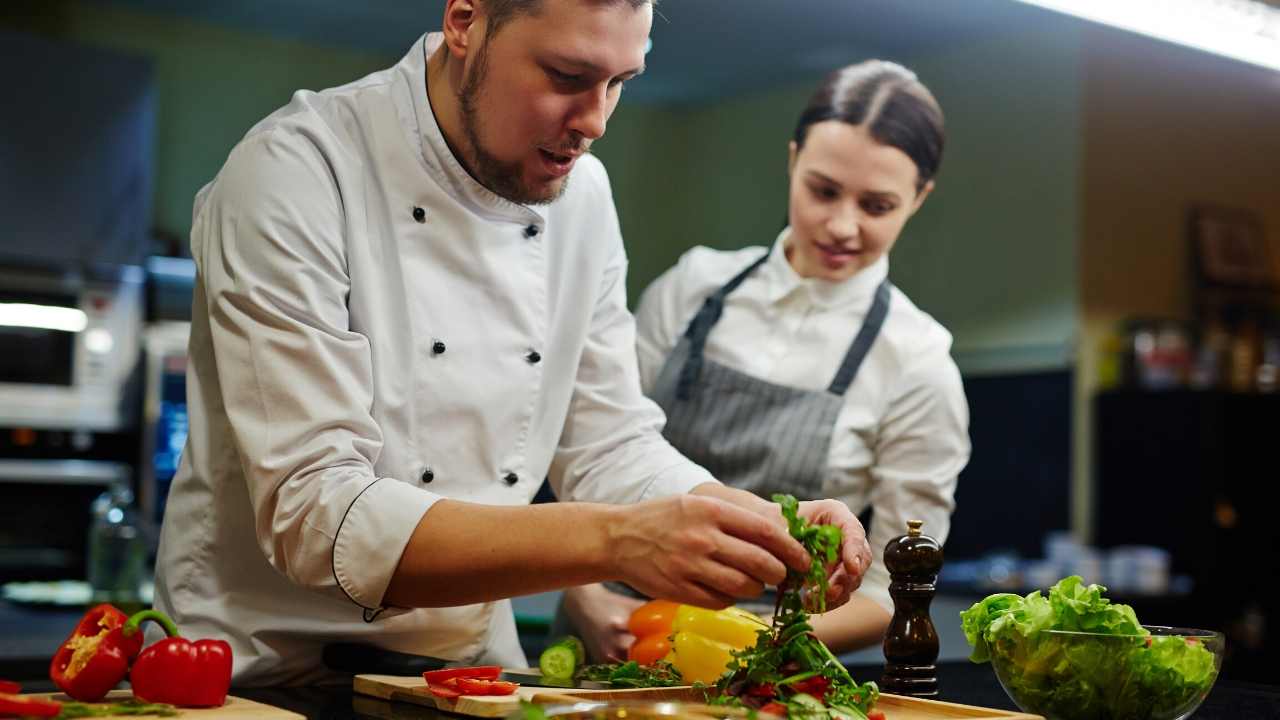 |
[TAG55]Rice Porridge Congee has been used to support gut health and heal the gut for centuries acrosss Asia. It is also a 'secret weapon' in Traditional Chinese |
 |
[TAG56]How can we fight effectively if we don’t know what we’re up against? When @jeremiahjohnsontv had this prophetic dream, he knew God was raising up a warrior |
 |
[TAG57]Online nurseries are taking fruit tree orders for 2024, and to my shock, fruit tree prices are up 50-100%! These big price increases will make it harder to |
 |
[TAG58]The unfolding landscape of A.I. and the hidden threat that might be flying under your radar. In this video, we delve into the realm of A.I. with a focus on |
 |
[TAG59]This Youtube channel is about me an 84 and 7/12 year old dyslectic solo sailor building a 20 feet canoe yawl for a long high latitude cruise. If you’re |
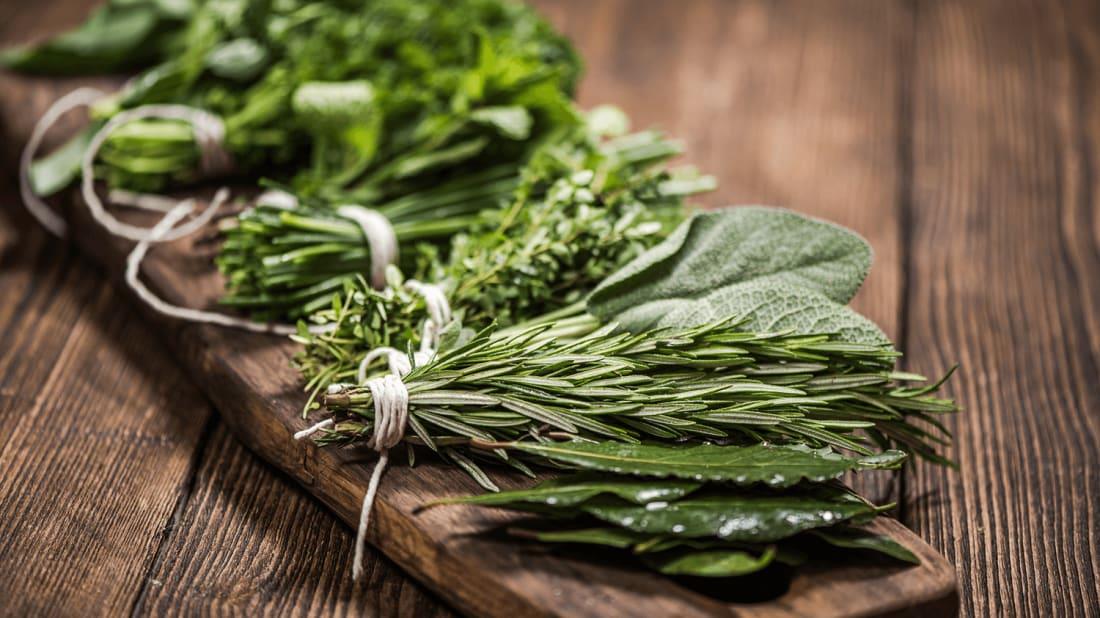 |
[TAG60]Learn herbs from respected professional herbalists offering world-class herbalist training. The NEW Professional Herbalist Course includes courses on over 600 |
 |
[TAG61]On this episode of Ben's Worx I Create a stunning waterfall illusion using a dichroic cube Massive 20% off sale on now ➡️ https://bensworx.etsy.com Check |
 |
[TAG62]MSNBC Morning Joe claims Trump will execute political enemies in an unhinged rant. Vincent poses the question of what would happen if an actual Republican used |
 |
[TAG63]This video talks about the war in Ukraine. This is FREAKING FUNNY, and it might be brilliant! A letter from a viewer: Hi Prof. Gerdes, I saw your last |
 |
[TAG64]Republicans can't stop lying! About EVERYTHING! Gabe Sanchez breaks down the latest on a new 'What Was That?' Thanks to Miracle Made: Go to |
 |
[TAG65]We’ve worked all year, grown the food, preserved the food, stored the food… and now we get to enjoy the fruits of our labor in one big celebratory meal! |
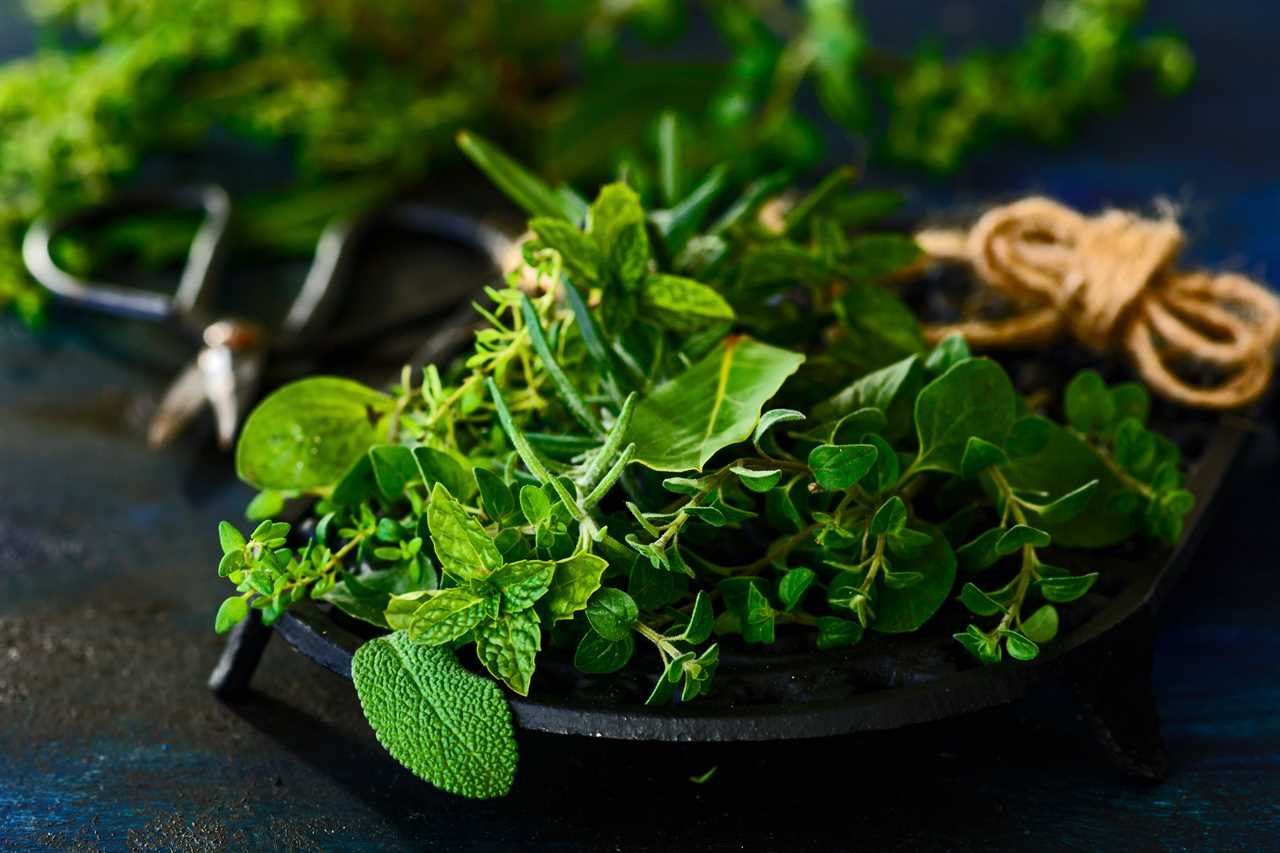 |
[TAG66]Find out more about herbs and how to use them |
 |
[TAG67]Read about our list of the best citrus bergamot supplements and how they may help to reduce cholesterol levels, balance blood sugar levels, and more. |
 |
[TAG68]SPONSORED CONTENT When it comes to finding the best herb suppliers, there are many different places you can shop. However, ... Read more |
 |
[TAG69]Black seed oil is a popular herbal supplement used to improve blood sugar, support heart health, reduce inflammation, enhance brain ... Read more |
 |
[TAG70]Join me in this new episode as I’m sharing five medicinal benefits of hops, as well as an interesting way for you to work with hops in a hops oil recipe. |
 |
[TAG71]In this episode, I’m sharing five steps to take so that when you do commit to a particular course of study, you’ll know you’ve chosen the very best one for YOU. |
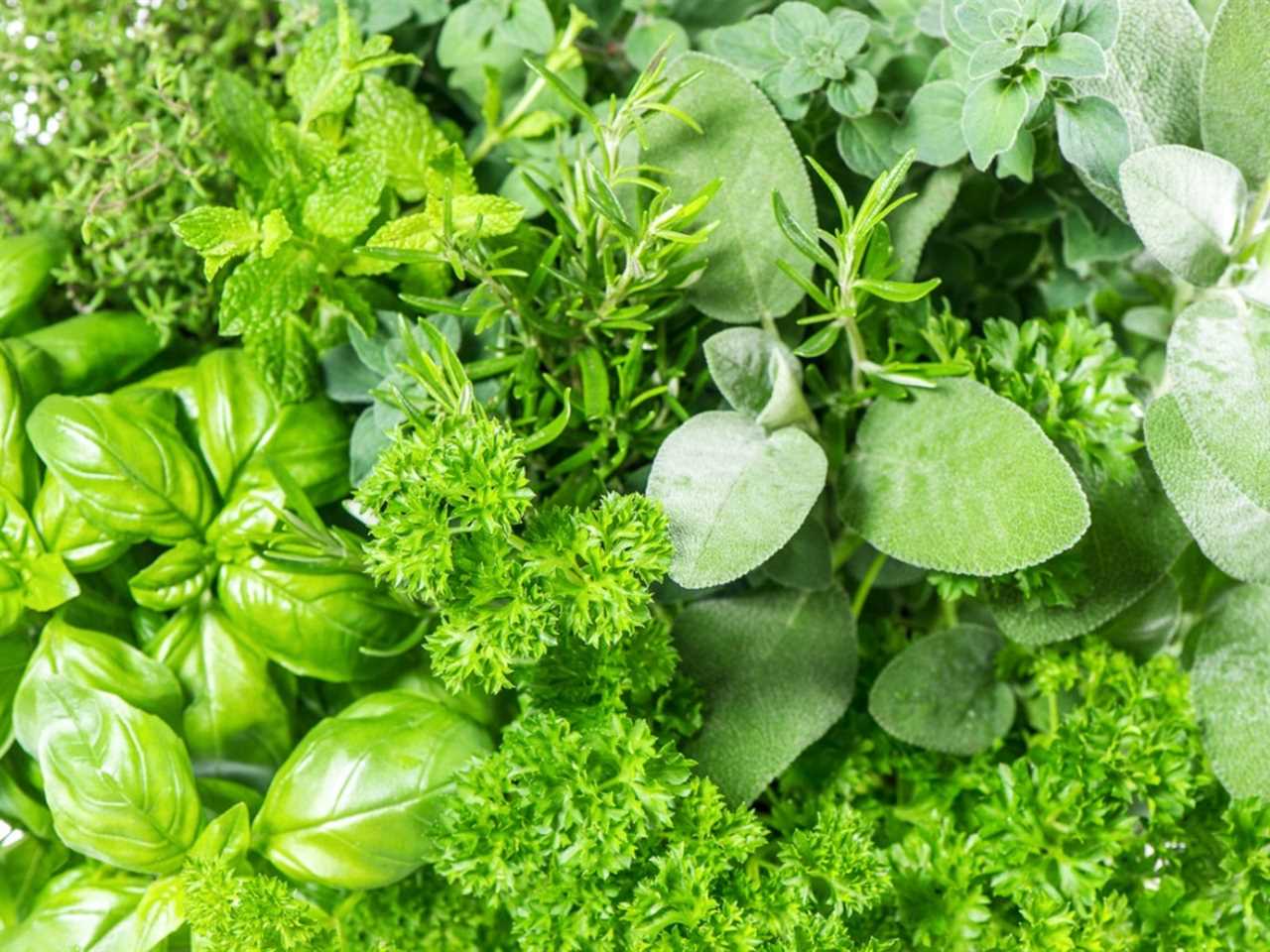 |
[TAG72]Like life, tea is what you make of it and The Cup of Life helps individuals enjoy tea in more than one way. Join me on my tea adventures through my blog! |
 |
[TAG73]Weight loss can be a great way to manage your overall health, especially if you want to reduce your risk ... Read more |
 |
[TAG74]Have you ever wondered how to become an herbalist? Herbalism is the art and science of using herbs for health. ... Read more |
 |
[TAG75]In this episode, you’ll learn all about holy basil benefits for your heart, immune system, brain health and so much more. And don't miss my new ebook! |
 |
[TAG76]The gifts of bee balm include promoting digestion, helping you recover from colds and the flu, fighting fungal and yeast infections… and many more! |
 |
[TAG77]Find out how to make a marshmallow root tea recipe for the best marshmallow root benefits and experience one of our most healing and soothing medicinal herbs! |
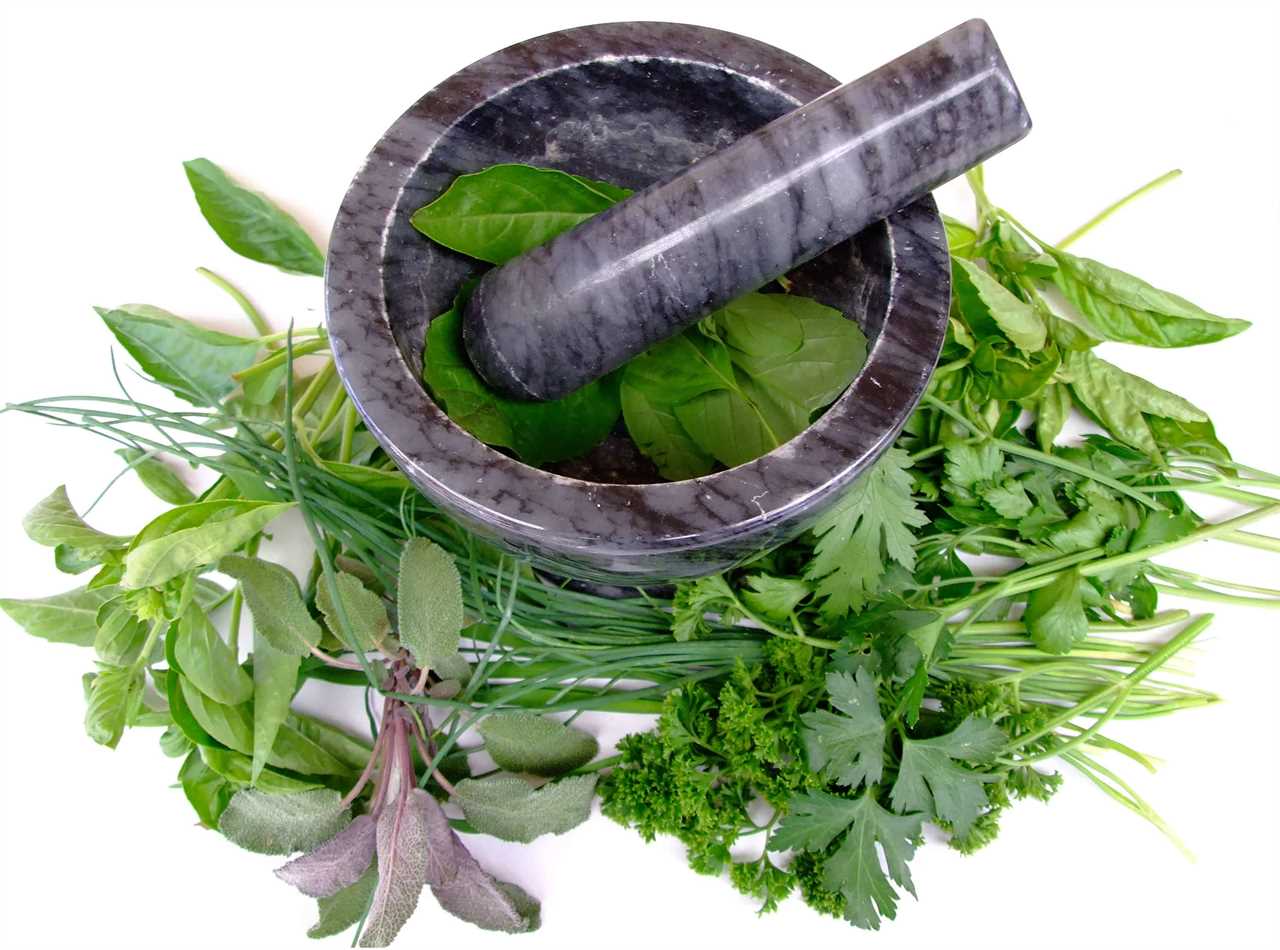 |
[TAG78]A tea assessment platform that rates teas based on objective quality markers and a sensory evaluation resulting in a list of the best teas produced each year. |
Did you miss our previous article...
https://belovedsaffron.com/herbs/herbal-giftgiving-guide
.png)





